Quotr - Research
research
Summary
30 Papers
11 Interviews
16 Prototypes
219 Survey Responses
30 User Tests
Through literature review, interviews, guerilla research, prototyping, and visioning, we uncovered some implicit motivations and subconscious behaviors surrounding gift giving, relationships, and communication. These discoveries built the foundation for our design.
Insights
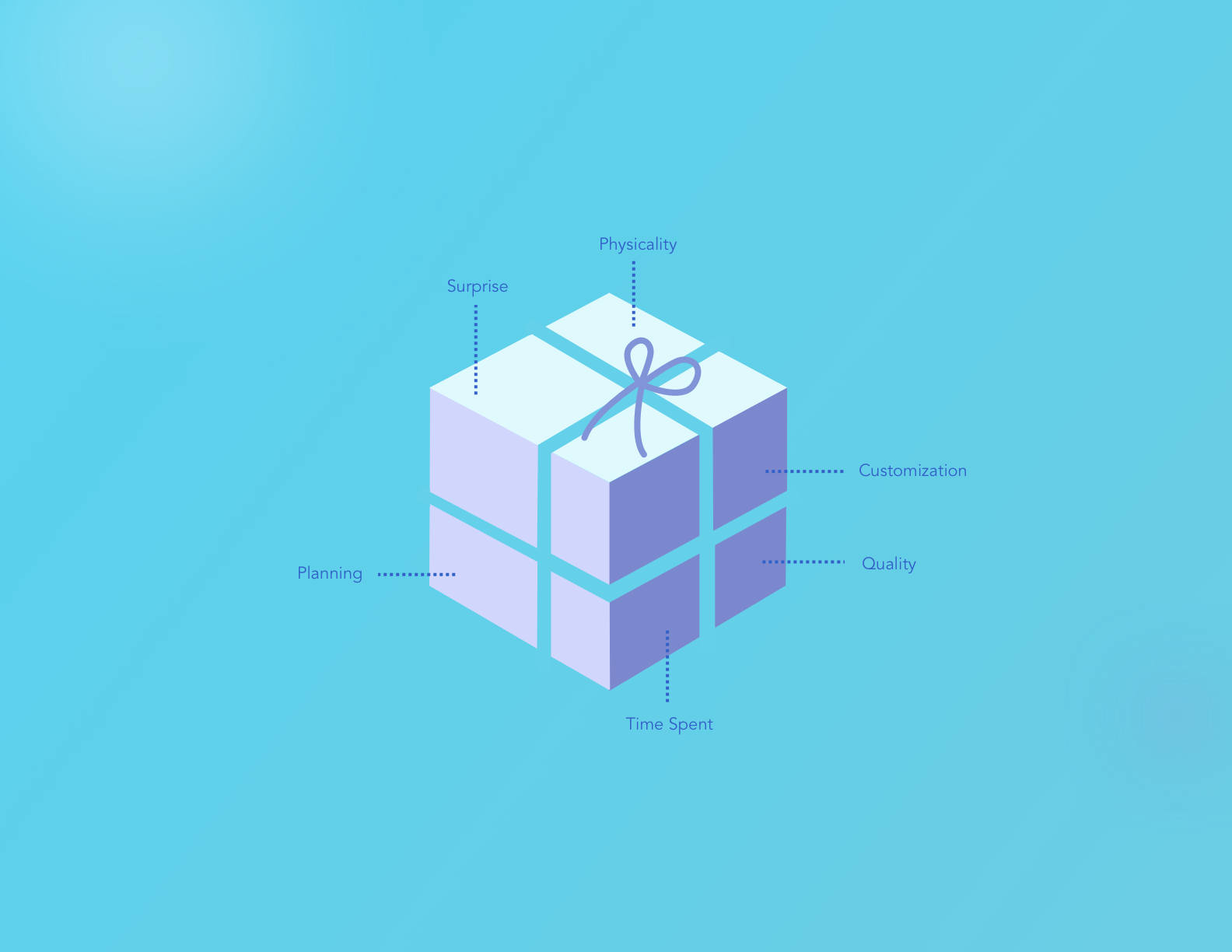
1
Many factors, including physicality and customization, affect the perceived effort of a gift.

2
To shift the focus of gift-giving onto strengthening relationships, we need to “cut the strings” imposed by events and obligations.

3
Communication methods which require more time and effort can have a bigger impact on relationship closeness.

4
Frame "gifting" as "sharing" to promote its frequency and spontaneity.
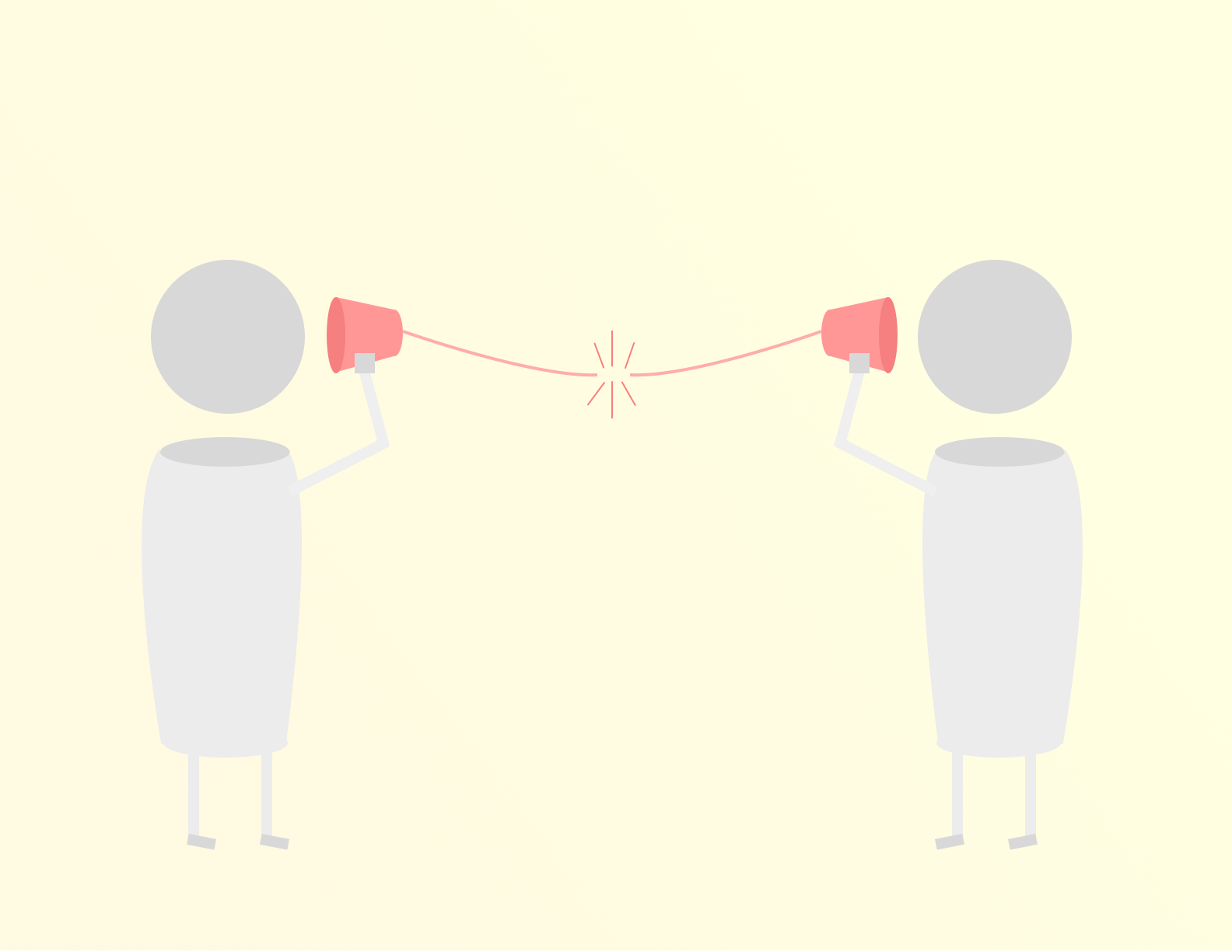
5
We should design to support friendships because it’s easy to lose contact with friends.
Early Prototypes
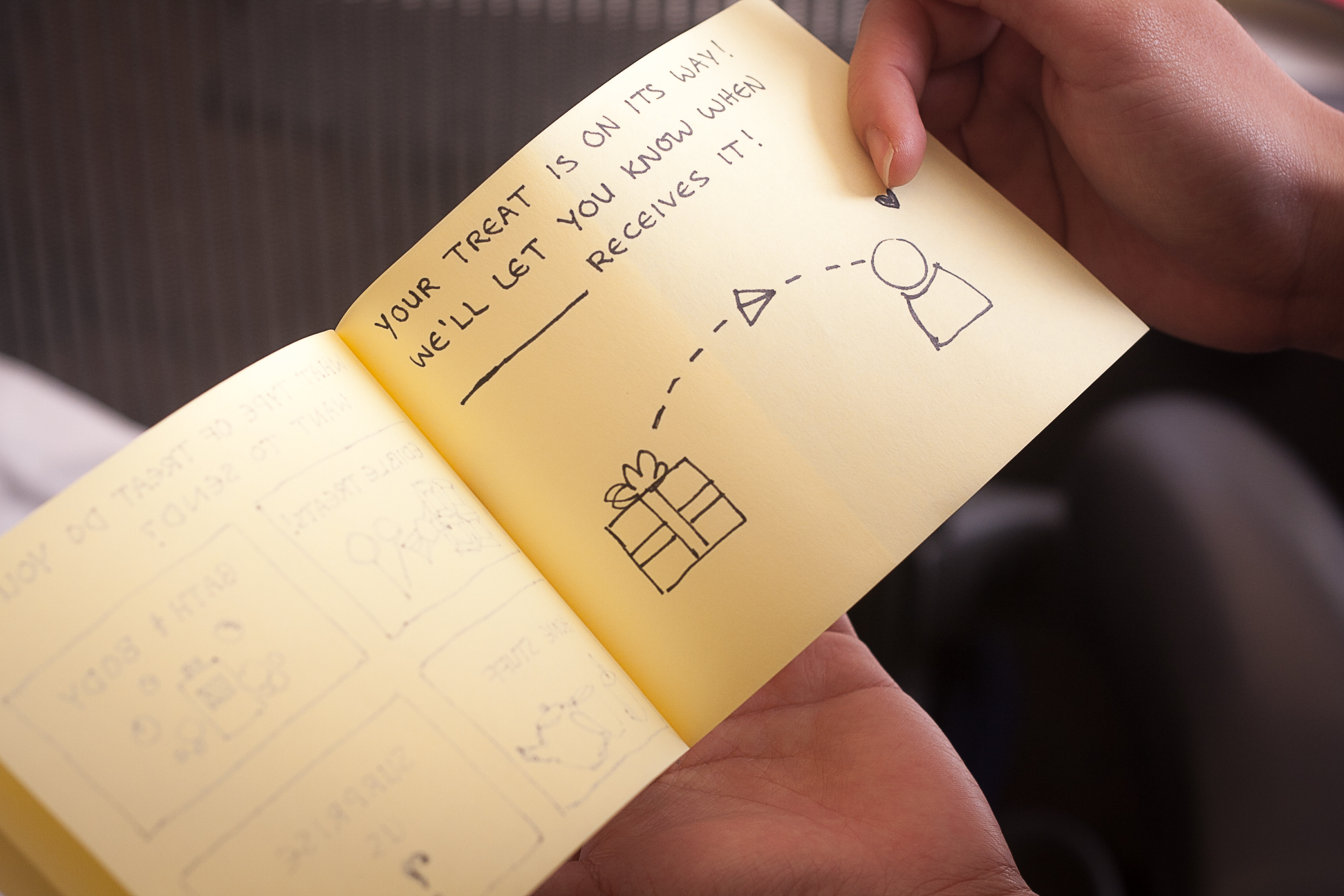
Blind Gift
Get a gift that’s surprise for the recipient—and for you! Pick a price range and gift category, but neither of you will know what the gift is until the receiver opens it.
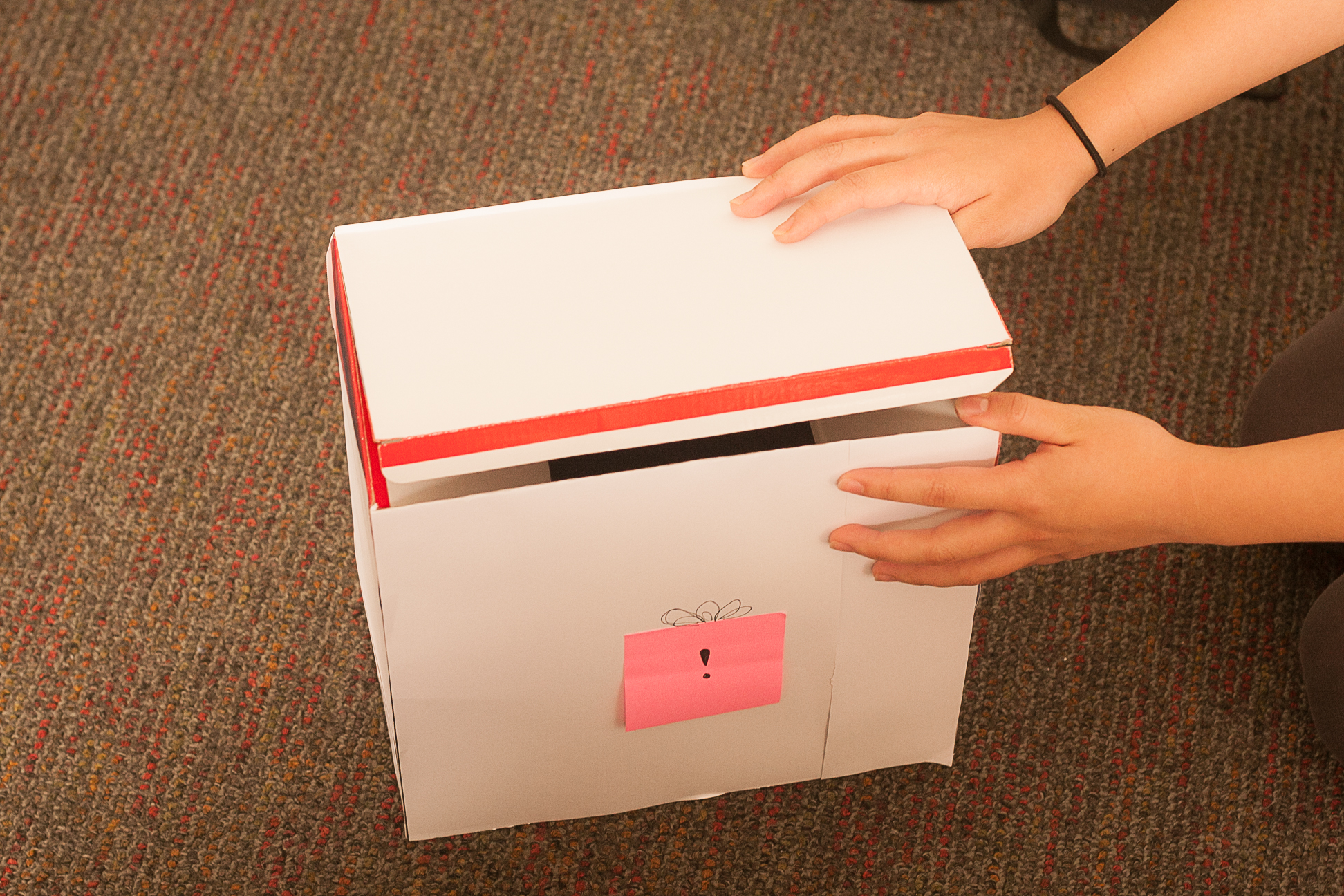
Gift Box
Send a gift to a locker near the recipient, then have them find it through a guided scavenger hunt.
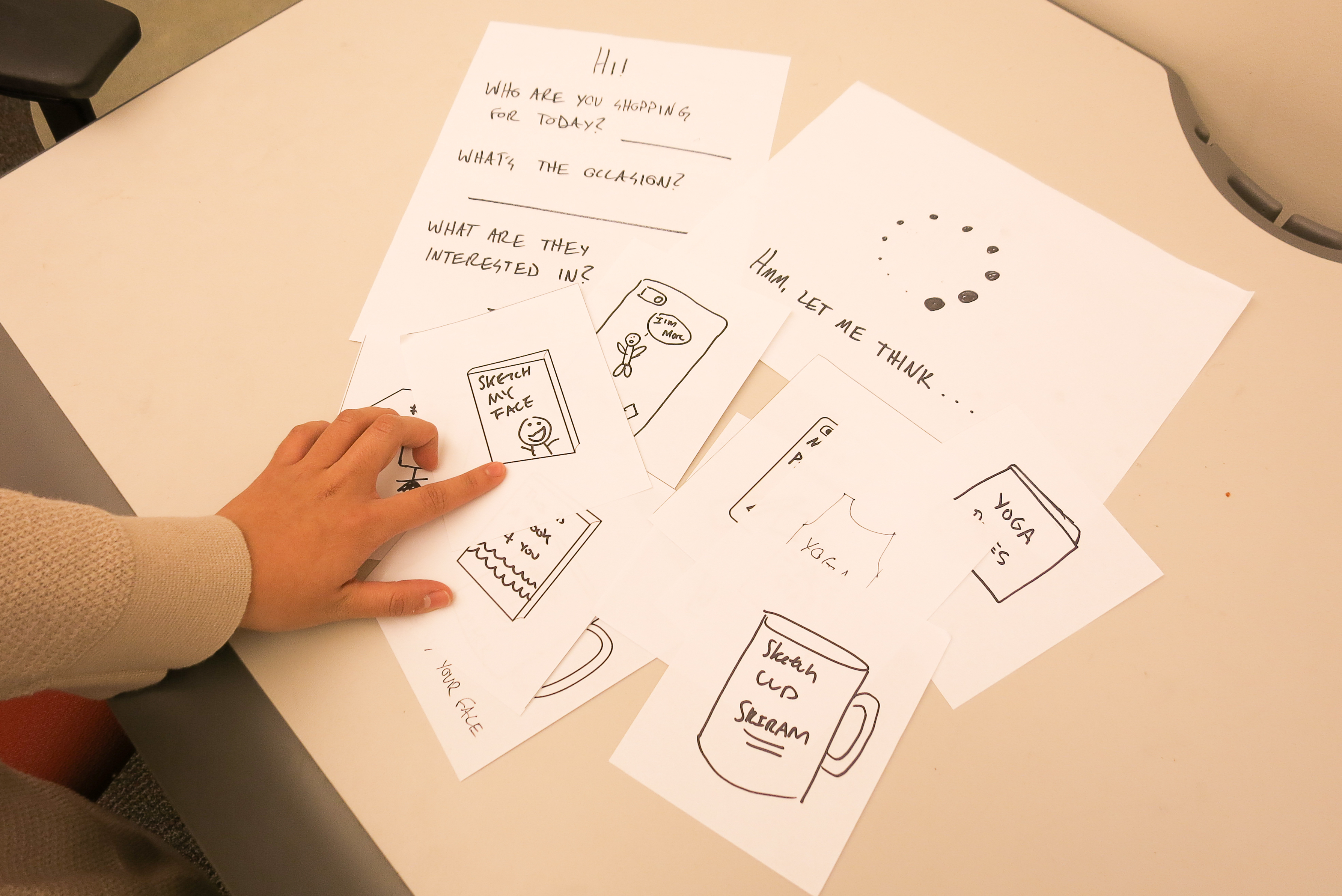
Auto Gift
Tell us who you’re shopping for and their interests and we’ll suggest some gift ideas. Swipe right to save the ideas you like.
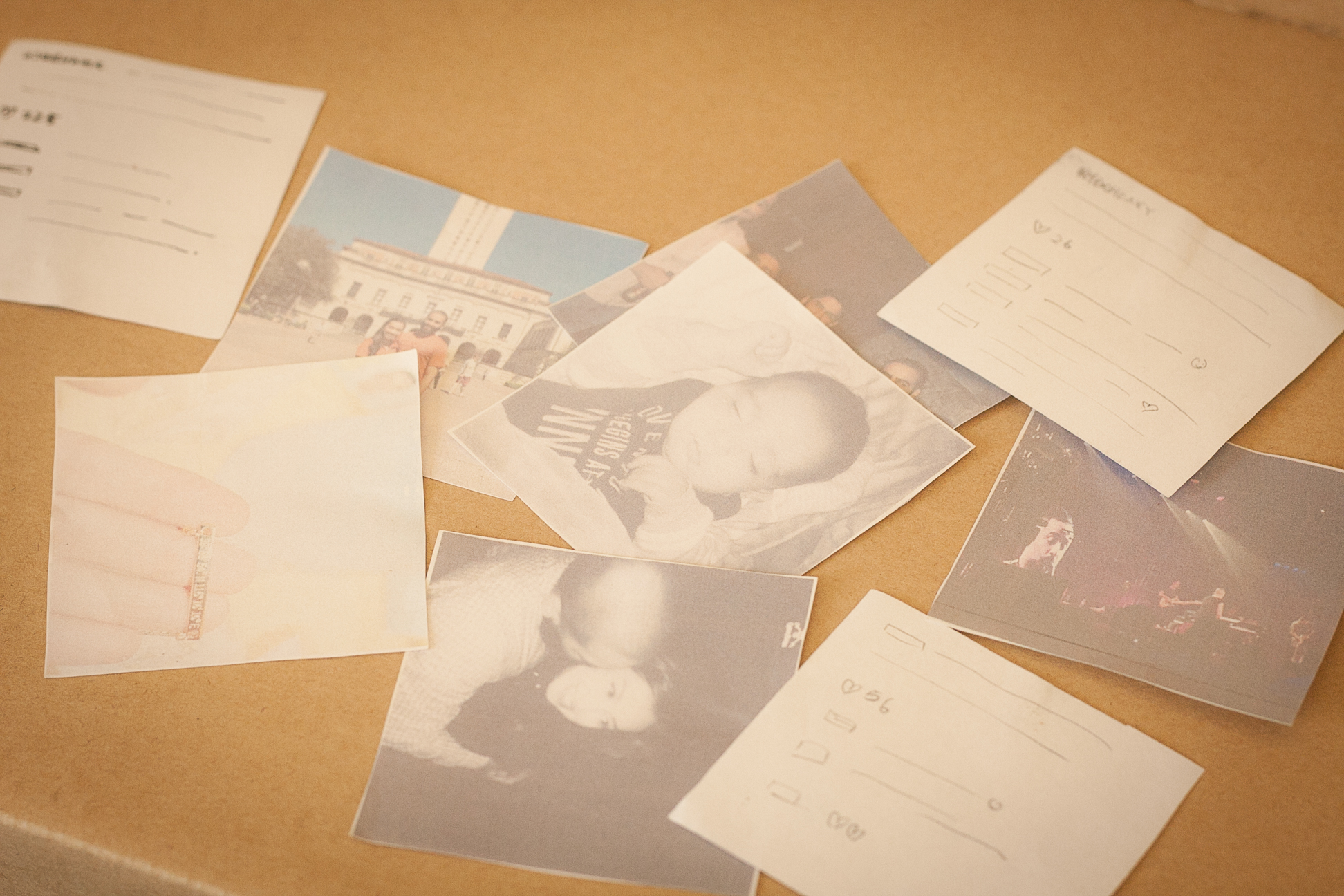
Insta Stickies
Automatically turn your instagram pictures into high-quality sticky notes.
Solution Areas
Visioning and Ideation
-
Small and Random Gifting
Gifting with small or randomized items can help lift the weight of obligation and reciprocation. This is due to the relatively low perceived effort. There were a number of ideas from our visioning session that fell into this category.
-
Collaborative Customization
Choosing a gift or customizing an object with other people is an interaction that hasn’t been thoroughly explored. Since customization is at the core of Zazzle’s business, we knew this would be a worthwhile area to explore in depth.
-
Microtransactions
This applies to digital products and is based on the concept around the current “meme economy,” in which people exchange digital artifacts as part of communication. We can capitalize on a natural exchange behavior that already occurs on a large scale.
-
Accumulated Communications
We delved into this in several ways, such as communication tracking and visualization. Ultimately, ideas that fell into this category felt more like features than entire service or product ideas.
See our prototypes